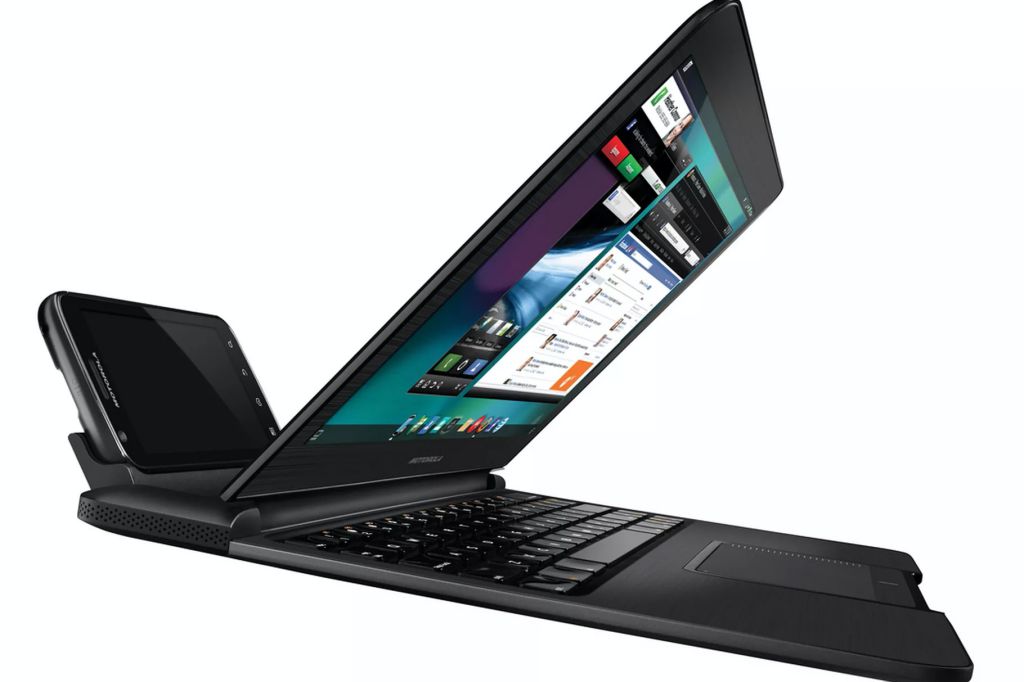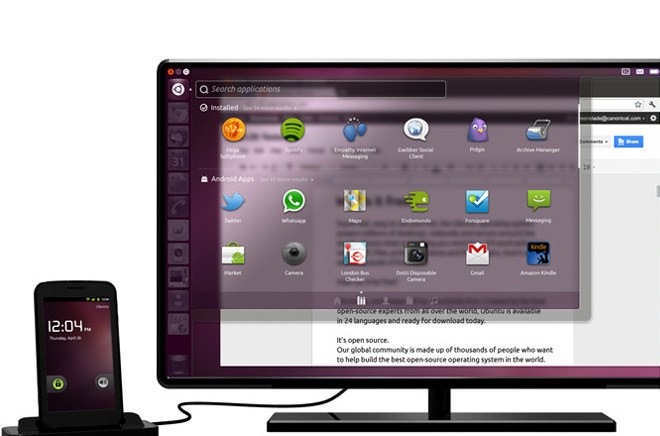Extreme Hardware Convergence
The Motorola Atrix Laptop Dock orginally debuted at a price of $500 a little less than a year ago. Disappointing sales figures led to discounts and today you can now get them on AT&T’s site for 1/10 of that price. It is my opinion that this is a spectacular idea that simply failed in execution. This is the future of computing. One device to rule them all.

Imagine the following scenarios:
- On the way to work, you slide your phone into your car dashboard to power your larger in-dash display. Same connectivity, same apps, same device. It just has a bigger screen, integrates with your car’s sound system, and charges while you’re at it.
- You get home from work and slide your phone inside a tablet device so that is’ completely covered (like the old 3.5” disks that were completely swallowed up by the drive). Same connectivity, same apps + maybe more, same data, same device. Just better because the tablet gives you a bigger screen, more memory, more storage, and longer battery life.
- You carry around a 11 inch Ultrabook because it’s spectacularly portable, lightweight and has pretty great battery life. You love it, but it falls far short when you want more processing (work) or better graphics (play) or more screen real estate (anytime you’re not mobile). Now just drop it in the dock which has a hard drive and an external CPU and GPU connected to an array of 1920x1200 monitors or better. Same apps + more, same data + more, same device, just super-powered.
Take all these scenarios to the extreme and you take your phone (super computer with a small screen) and slide it into your tablet, your laptop, or your desktop dock and you have single device that meets all your needs for work, meets all your needs for play, bakes you cookies and tucks you in at night. I don’t think the right solution is the same looking interface for all devices, you’d need each interface to be appropriate for its current form. It needs to behave like a phone on its own and behave like a desktop when it’s docked with a GPU.
We’re slowly getting there. We have a long way to go, there are moves being made in the right direction. If we can make it simpler to manage and hit the right price points, this stuff could take off in a big way. Besides the Atrix lapdock, here are a few other ideas that I think are moving in the right direction.

- Ubuntu for Android: “When in your pocket the phone is the same as it always was: an Android device. But when connected to a monitor (by way of a nifty looking dock) it launches into a fully fledged Ubuntu desktop running the Unity interface…Both OSes share the same kernel – so this isn’t a case of an ‘Ubuntu’ app running atop Android or vice versa. Both run at the same time on the same device.”
- Sony’s Vaio Z with External GPU: “Inside that dock, there’s an auxiliary graphics card which adds an AMD Radeon HD6650 GPU to the on-board Sandy Bridge processor. And it’s stunningly good.”
I imagine that Apple will be the first to pull this off in a big way. The iPhone that slides into the iPad. Or the iPad that turns into a Macbook Air (with real OS X) when you attach the keyboard. Or the iPad or Macbook Air that slides into the the Thunderbolt display that happens to have a GPU (and real OS X) and suddenly you have a glorious 27” 2560x1440 resolution iMac.
Microsoft has bigger challenges on the hardware front, but appears to be ahead on the software front as it’s already figuring out the interface switching that would have to happen when you move from tablet mode to desktop mode.
I really hope this is the future and that it gets here soon.